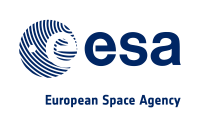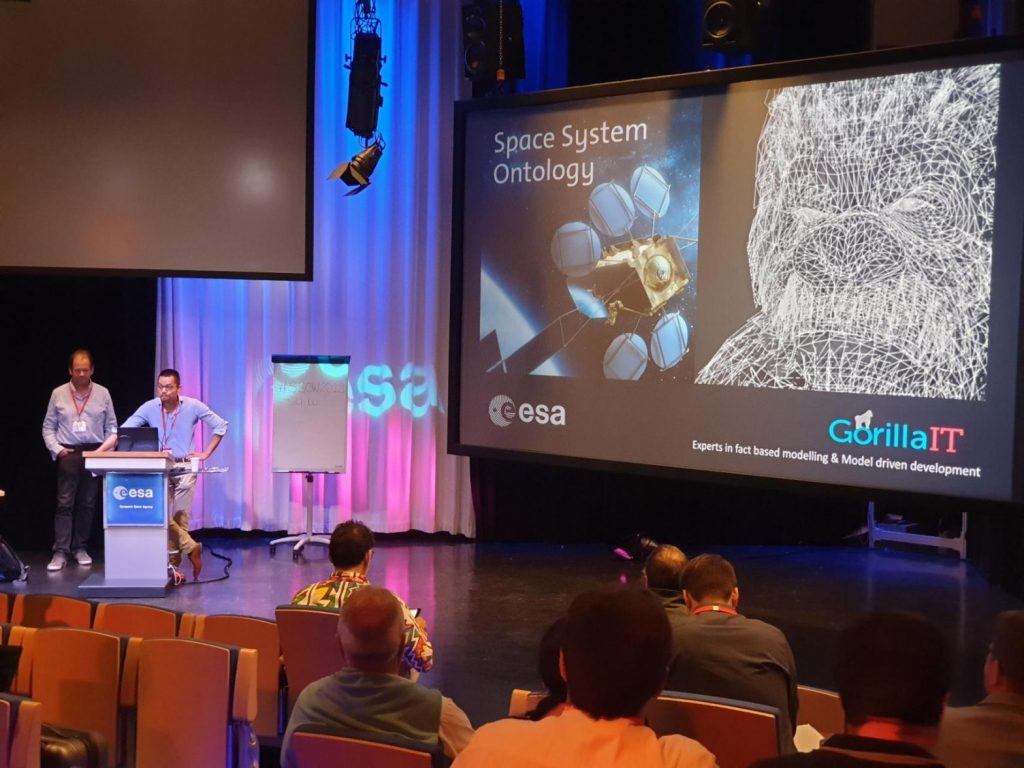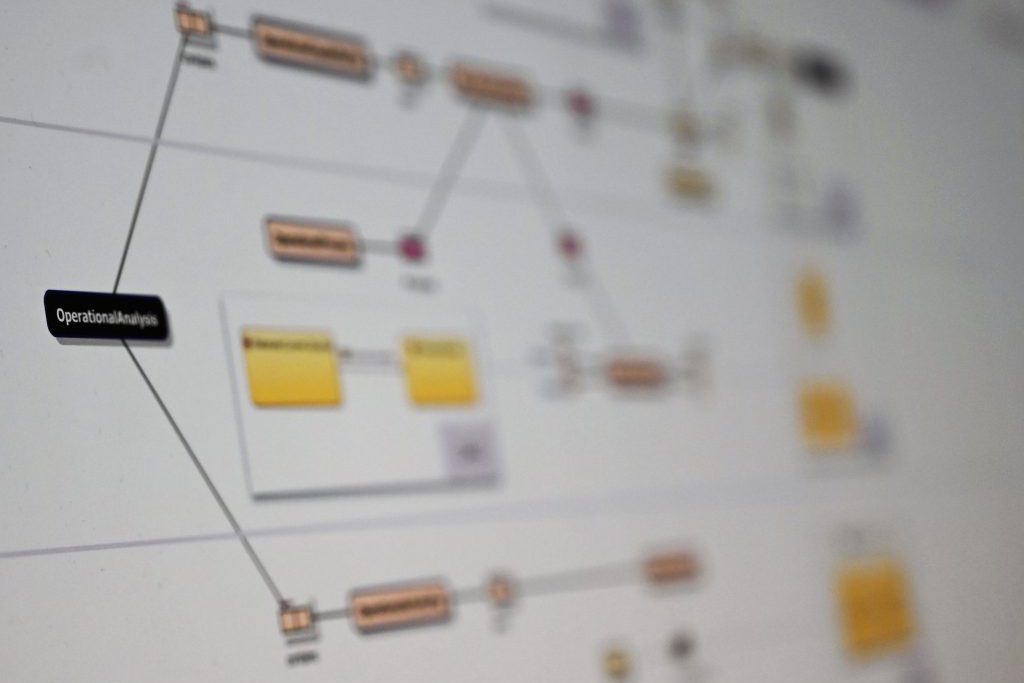Space System Ontology commissioned by ESA
Designing and using spacecraft and satellites requires complex activities and a lot of knowledge exchange. Gorilla IT has laid the foundation for the Space System Ontology, the semantic information model of ESA. In addition, it used MDD principles to convert the information model into a working database with matching administration screens.
Semantic interoperability is recognized as the major lever to deploy digital engineering and continuity.


Key results.
collaborating parties
ESA, Thales, Gorilla IT
perspectives in scope
of the space design cycle
tables
in a normalized database
screens
in administrator applications
The challenge.
To capture all knowledge related to a space system in a consistent global conceptual data model in such a way that semantic interoperability is possible. The model offers the possibility to integrate the needs of every community involved in the life cycle of the space system.


The case.
Our approach allowed us to lay the foundation for the Space System Ontology. By using MDD we were able to automatically convert the information model into a working database. Management screens were generated automatically.
- Model the Arcadia concepts, as recorded in UML
- Remove technical constructions
- Add missing semantics
- Add missing lines
- Add sources
- 150 management screens to manage all information in the Space System Ontology
- Middleware to enforce rules
- Underlying database


